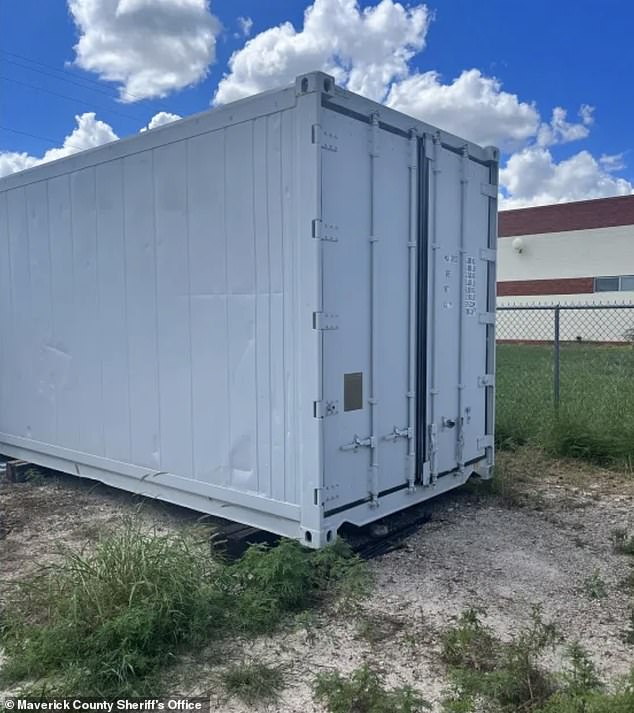At the Eagle Pass border point, the deadliest place to cross the border between the United States and Mexico, the morgue has run out of space to store the bodies of immigrants.
Local authorities are currently using a refrigerated trailer, purchased during the pandemic, to house 28 bodies, although the space is only planned for 20, reported the Washington Post.
Among them, an entire Venezuelan family who drowned together.
About half of those crossing the border are unidentified, as some migrants carry no identification when their bloated bodies are pulled from the river.
Most drowned or died from heat exposure or dehydration on vast, remote Texas ranches.
Local authorities charged with managing the bodies, documenting them and possibly reaching relatives face extraordinary challenges, such as remains that have been in the river so long that the current has literally erased facial features.
‘River. River. Ranch. Ranch,” said a local justice of the peace identified as Smith while looking at photos of the dead on his phone. It is his decision to request an autopsy for a migrant.
Currently, local authorities are using a refrigerated trailer, purchased during the pandemic, to house 28 bodies, although the space is only planned for 20.
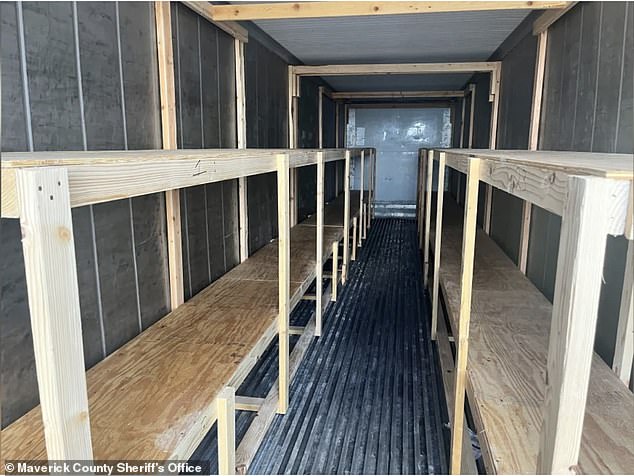
The gloomy interior of the makeshift morgue that became a symbol of the COVID pandemic
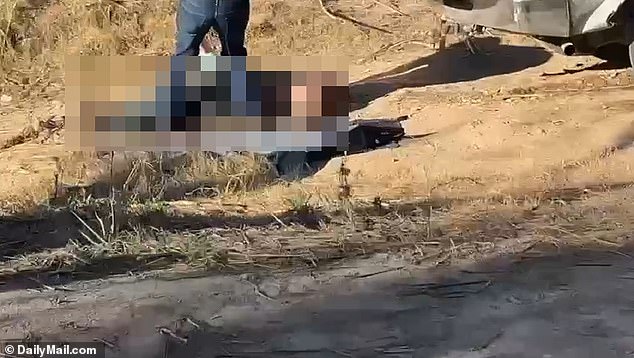
A migrant is pulled from the water near Eagle Pass, Texas, in a video shared with DailyMail.com in February.
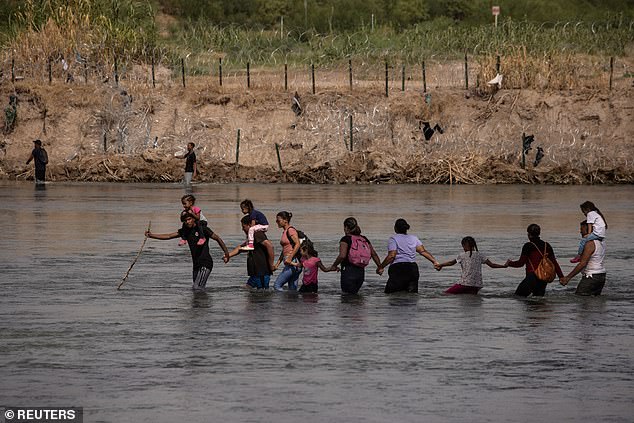
Migrants cross the dangerous Rio Grande, the river that separates the United States and Mexico
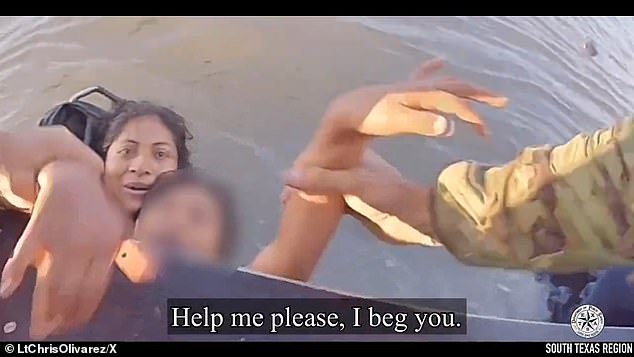
A mother and her son are rescued from the water by members of the Texas National Guard
‘John Perez. So-and-so. Juan Perez. Fetus, the mother gave birth in the river, but the baby did not survive. They come from everywhere. I say a little prayer for each one.’
More than 1.7 million migrants crossed the border illegally between October and March of this year, according to federal statistics.
The nation has been seeing historic numbers of immigrants entering the country since 2021, having unintended consequences and taxing scarce resources in places like Eagle Pass.
Maverick County had only set aside $100,000 for handling immigrant bodies, but will spend more than $1 million, the county attorney told the Washington newspaper.
The record number of border crossings has also led to a record number of rescues, as migrants are often rescued from the river separating Texas and Mexico.
Known as the Rio Grande in the United States, the river is called the Rio Bravo, or Fierce, in Mexico.
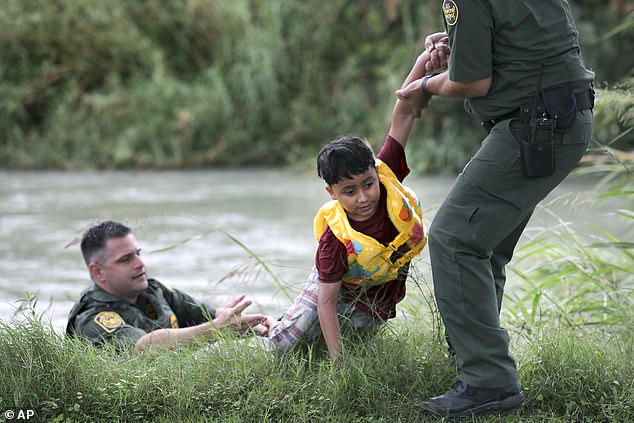
Border Patrol Agents Save Child from Drowning at Texas Border
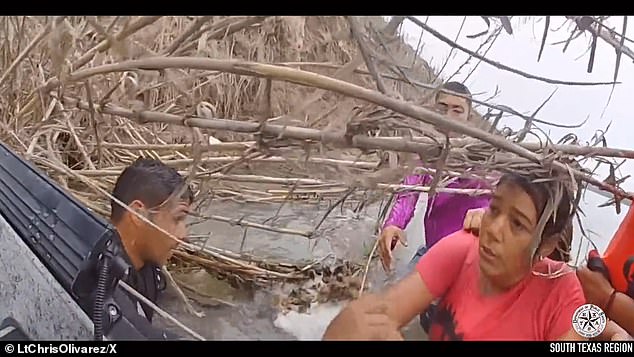
Entire family in danger of drowning is pulled from the river by Texas police
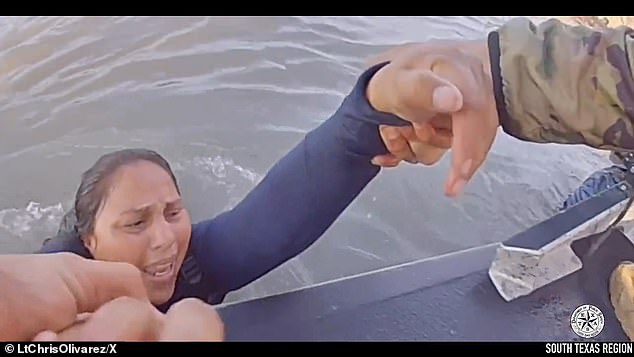
Among those saved are a woman and several children.
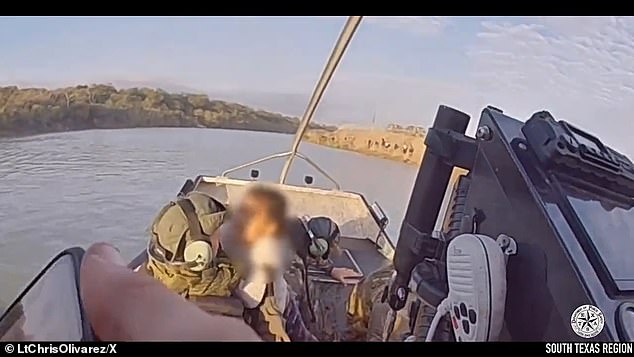
A child is sheltered after being pulled from the Rio Grande
Border Patrol rescues of migrants also increased to 37,323 in 2023.
By comparison, in 2019 only 2,920 people were rescued before the border crisis began.
At least 895 migrants died crossing into the United States in 2022, the latest year for which data is available.
The United Nations called the border between the United States and Mexico the deadliest land migratory route in the world last year.
The Del Rio, of which Eagle Pass is a part, was the deadliest.
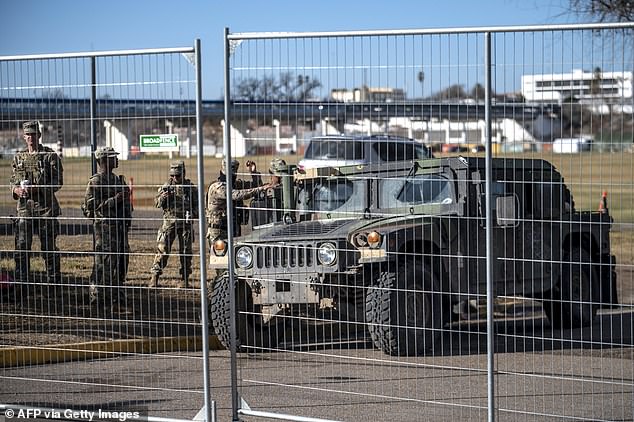
Migrant crossings have decreased in Eagle Pass since January
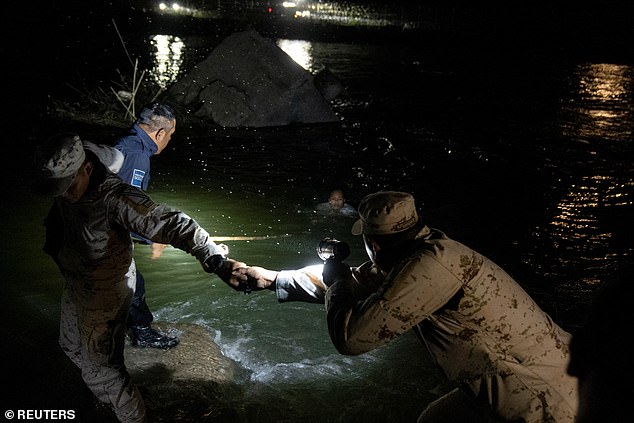
A member of the Mexican National Guard turns on a light as a police officer uses a stick to rescue a Columbia woman who was being swept rapidly downstream by the strong current while trying to cross the Rio Grande.
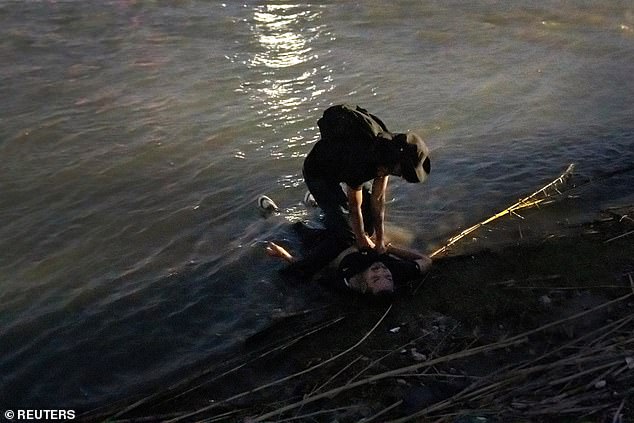
A man tries to revive an unconscious man from Mexico who lies on the bank of the Rio Grande near Eagle Pass.
But the growing number of victims goes beyond the financial.
Many immigrants are buried without their families knowing what happened to them, since the lack of identification prevents notification.
The American rescuers pulling the bloated bodies out of the river feel it too.
Firefighter and EMT Marcos Kypuros rescued several children in just a few weeks in November.
“It got to the point where I put them in the body bags so I didn’t have to see their faces anymore,” he told the outlet.
He avoids talking about his job with his family, but has to detail in painful detail the recoveries of bodies at work.
Deputy Sgt. Aaron Horta is tasked with documenting the remains.
Catalog scars, tattoos, birthmarks and clothing to help identify a migrant whose family might come looking for them.
Before photographing the deceased, he applies Vicks VapoRub under his nose and takes menthol lozenges to mask the smell of the decomposing corpses.
‘If they’ve been in the water for a while, their skin becomes pruned, web-like, and starts to peel off. Their eyes, nose and mouth swell. For a while I couldn’t sleep,” Horta said.


